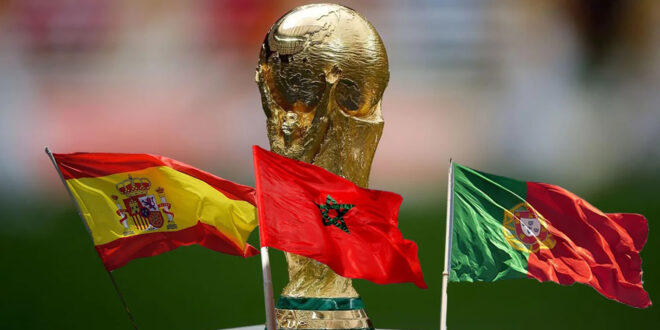The FIFA World Cup is one of the most prominent sporting events in the world, bringing together millions of fans from across the globe to watch the competition between the best national teams. Since its inaugural edition in 1930, the tournament has witnessed many significant transformations that have shaped its format and organization.
The first World Cup took place in Uruguay in 1930, with only 13 teams participating. The host nation, Uruguay, won the title after a fierce competition, marking the beginning of a new era in the history of world football. Since then, the World Cup has undergone continuous development, both in terms of the number of participating teams and in terms of technology and facilities.
Over the following editions, the tournament was held in various countries, with the number of participating teams steadily increasing, reaching 32 teams in the latest edition held in Qatar in 2022. This edition was particularly notable, not only for its high level of organization and innovative stadiums but also for the sporting surprises it delivered, such as Argentina’s victory, led by their star Lionel Messi.
As 2030 approaches, all eyes are on the upcoming edition, which will be historic in every sense. The 2030 World Cup will be held for the first time in three countries: Saudi Arabia, Egypt, and Jordan. The tournament is expected to see significant advancements in many aspects, ranging from modern technologies in refereeing and stadiums to the expansion of the number of participating teams.
The history of the World Cup is a story of competition, challenge, and sporting achievements that have transcended time and space, undergoing a remarkable transformation from the first edition, held under simple conditions, to the contemporary tournaments that are considered a global event attracting widespread attention.
Source: Fes News Media
 فاس نيوز ميديا جريدة الكترونية جهوية تعنى بشؤون و أخبار جهة فاس مكناس – متجددة على مدار الساعة
فاس نيوز ميديا جريدة الكترونية جهوية تعنى بشؤون و أخبار جهة فاس مكناس – متجددة على مدار الساعة













